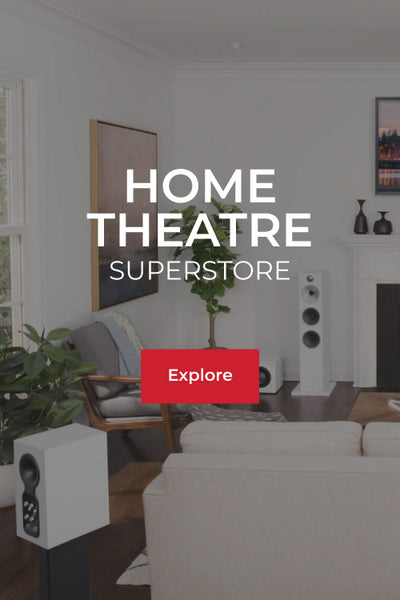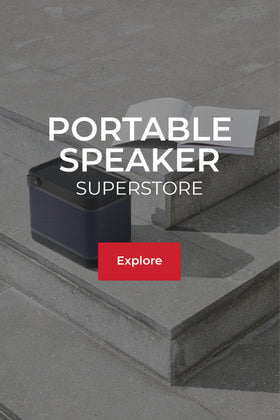
VIRTUAL SURROUND: HOW IT WORKS AND ITS USE
Virtual surround aims at creating the illusion of multiple sources of sound in a setup that may consist of only a stereo channel.
This effect is achieved by using HRTF (Head Related transfer function),which is an advanced technique that generates audio cues that are based on the shape of the human head. These cues not only help the listener locate the direction and source of the sound, it also enhances the type of acoustic environment that surrounds the listener.ILD (Interaural Level Difference) and ITD (Interaural Time Difference) are also used in the process of creating virtual sound. The difference in sound pressure level (SPL) for an acoustic stimulus arriving at the two ears located on opposite sides of the body is due to the acoustic shadowing effect of the head and external ears and is one of the major cues for localizing sounds in the horizontal plane. This is ILD, ITD is the difference in time of arrival for an acoustic stimulus arriving at the two ears located on opposite sides of the body. The only disadvantage to binaural reproduction is that there are anatomical differences between people that will lead to individual differences between HRTF, so an average is taken while creating the algorithm. Reverberation improves the externalisation factor for a virtual sound source and equalisation of the playback chain both help in diminishing errors while using HRTF but using too much of these effects can make the mix sound muddy.
Virtual surround can also be created by using reflections, but this can prove disadvantageous as there are many factors that need to be taken into account like the dimensions of the room, the shape of the room and the symmetry of the room as well.
A use for virtual surround is found in gaming headphones where algorithms are used to localize sound sources in the acoustic field like footsteps, waterfalls and weapons firing, and this can be used for example when you are trying to locate which direction your enemy is coming from. There are headphones these days marketed as virtual surround headphones like the HyperX’s lineup, which passes stereo output into the aforementioned HRTF algorithm to create a surround-like effect. There are some headphones found on the market like HyperX’s top-end Cloud Orbit headsets,which not only use the full 7.1 audio to create the surround effect but also allow you to fine tune certain parameters like head size to try and improve accuracy.
Virtual Surround in summary has found a niche in the market, but there are requirements the need to be met first to make it a viable option to the gaming community.




